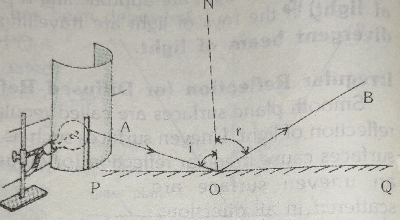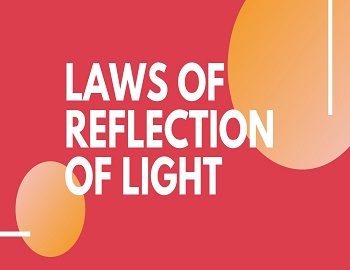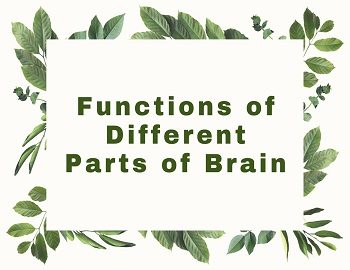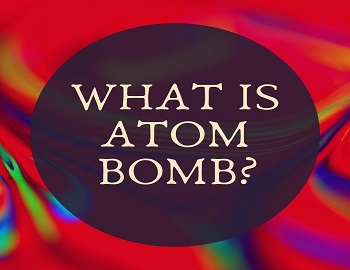Laws of Reflection of Light:
In order to study the laws of reflection of light, we may use a plane mirror and a ray streak apparatus. Let us perform the following experiment.
Take a white sheet of drawing paper and draw a line PQ on it. Take any point O on PQ and draw perpendicular ON. Draw a line AO, passing through O.

Place the ray streak apparatus on the sheet. Keep one slit of the ray streak apparatus open in order to have a single fine beam of light. Adjust the sheet so that the beam coincides with the drawn line AO.
Place a plane mirror vertically on the sheet along the line PQ. Keep the silver coating on the line PQ and glass surface facing the beam AO. In this position of the mirror, the shining surface faces the ray box. The mirror may be kept vertical and fixed with the help of plasticine. The beam of light along AO is found to be reflected along a path different from AO. The beam gets reflected along with the path OB. Draw a line OB. The path OB is thus the reflected ray.
- Point O at which the beam from the ray apparatus falls on the mirror PQ is called the point of incidence.
- The line AO gives the direction of the incident ray. The line OB gives the direction of the reflected ray and the light travels from O to B along with the arrowhead.
- The line ON which is perpendicular to the mirror and passes through the point of incidence O is called normal line, or simply normal, at the point of incidence.
- Measure the angle AON (∠i) and BON (∠r). It is found that ∠i = ∠r.
- If we change ∠i, correspondingly ∠r will also change, so that we shall always have an angle of incidence equal to the angle of reflection.
- If the incident ray coincides with the normal ON, the reflected ray will travel back along the normal. In such a case angle of incidence is zero and so is the angle of reflection. Thus, for all values of i, we have ∠i = ∠r.
- We also notice that the incident ray AO, normal ON and reflected ray OB, all lie on a plane drawing sheet. Hence, the incident ray, normal at the point of incidence and the reflected ray, all lie in the same plane.
On the basis of the above results, we state the two laws of reflection of light.
First Law: The incident ray, the reflected ray and the normal to the reflecting surface at the point of incidence, all the three lie in the same plane.
Second Law: The angle of incidence (∠i) is always equal to the angle of reflection (∠r).
These two laws of reflection of light hold good for reflection from any surface, even, uneven or spherical.









Comments (No)